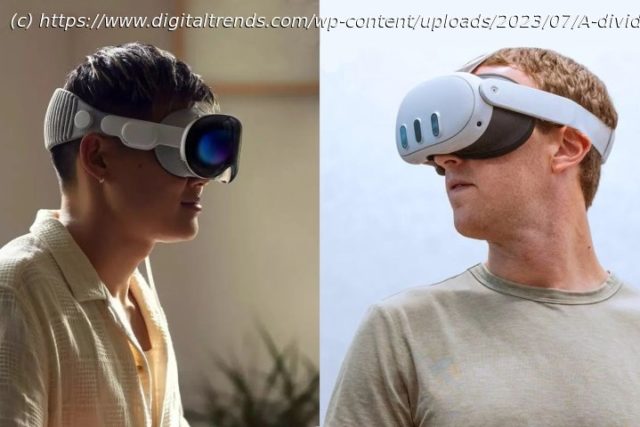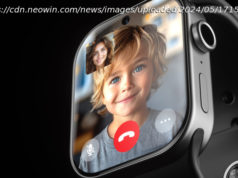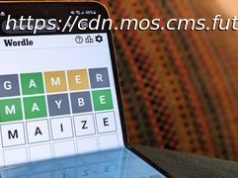We compare Meta’s Quest 3 and Apple’s Vision Pro, two next generation VR headsets with advanced mixed reality capabilities.
Two exciting new VR headsets are on the horizon, each offering advanced mixed-reality capabilities and better performance than current standalone headsets. Meta is the leading manufacturer of VR headsets, and the Quest 3 pushes its platform to new heights. Meanwhile, Apple has announced the Reality Pro, its first headset.
While the price difference between these next-generation mixed-reality devices is vast, there is significant overlap in how you can use them. Neither are out yet, but let’s explore how the Apple Reality Pro compares to the Meta Quest 3 based on what we know so far.The price barrier
When pitting the Quest 3 against the Reality Pro, the overwhelming price gap between the VR systems made by Apple and Meta demands attention.
At the $3,500 starting price for the Reality Pro, you could buy seven Quest 3 headsets. Meta’s modest $500 cost leaves you with $3,000 to compensate for performance and capability differences. That opens the door for a potentially strong challenge to Apple’s solution. Of course, Meta has its own high-end mixed-reality headset, the Quest Pro, though it still comes in considerably cheaper at $1,000, having recently been reduced by $500.
The overall design and comfort are critical to the long-term use of a VR headset since they are wearable devices strapped onto your face. It should also be noted that the Quest 3 is due out later this year, while the Reality Pro won’t be available until 2024.Design and comfort
We expected the Reality Pro to be sleek and slim, but Apple showed us a device that looks about the same as most other stand-alone VR headsets. It’s large, bulky, and reportedly feels heavy. Apple has yet to announce an official weight.
Like the Meta Quest 3, the Reality Pro covers the lower forehead, eyebrows, eyes, and upper cheeks. Apple’s headset curves up to expose the lower portion of the nose but otherwise seems just as bulky.
Apple has a dubious advantage, allowing you to make eye contact with another person, even while wearing the Reality Pro. Apple’s EyeSight feature projects a 3D simulation of your eyes on the front using lenticular lenses.
Based on Apple’s demonstration, the effect is that your eyes are behind an opaque lens that can become semi-translucent. It looks interesting, but we’ll have to try it out to know whether it’s good enough to avoid the creepy, uncanny valley effect.
Apple hasn’t given the weight of its Reality Pro, and Meta has only shared that the Quest 3 weighs about the same as the Quest 2. People that went hands-on at the event felt the Reality Pro was hefty at about one pound. That’s the same weight class as the Quest 2. To be fair, the Vision Pro should be lighter than the Quest Pro, Meta’s premium headset.
Comfort could be a concern when wearing either device for more than a couple of hours. It will be undeniable that you’re wearing a VR headset. There’s no way to look cool, even sporting a $3,500 Apple spatial computer.Specifications
As pieces of advanced technology, we have to talk about specifications. Clearly, Apple’s ultra-premium headset will have much better display resolution and processing power than the budget-priced Meta Quest 3.
The Reality Pro features two Apple Silicon chips, the M2 for general processing and graphics, along with a new R1 chip optimized for mixed-reality tasks.






